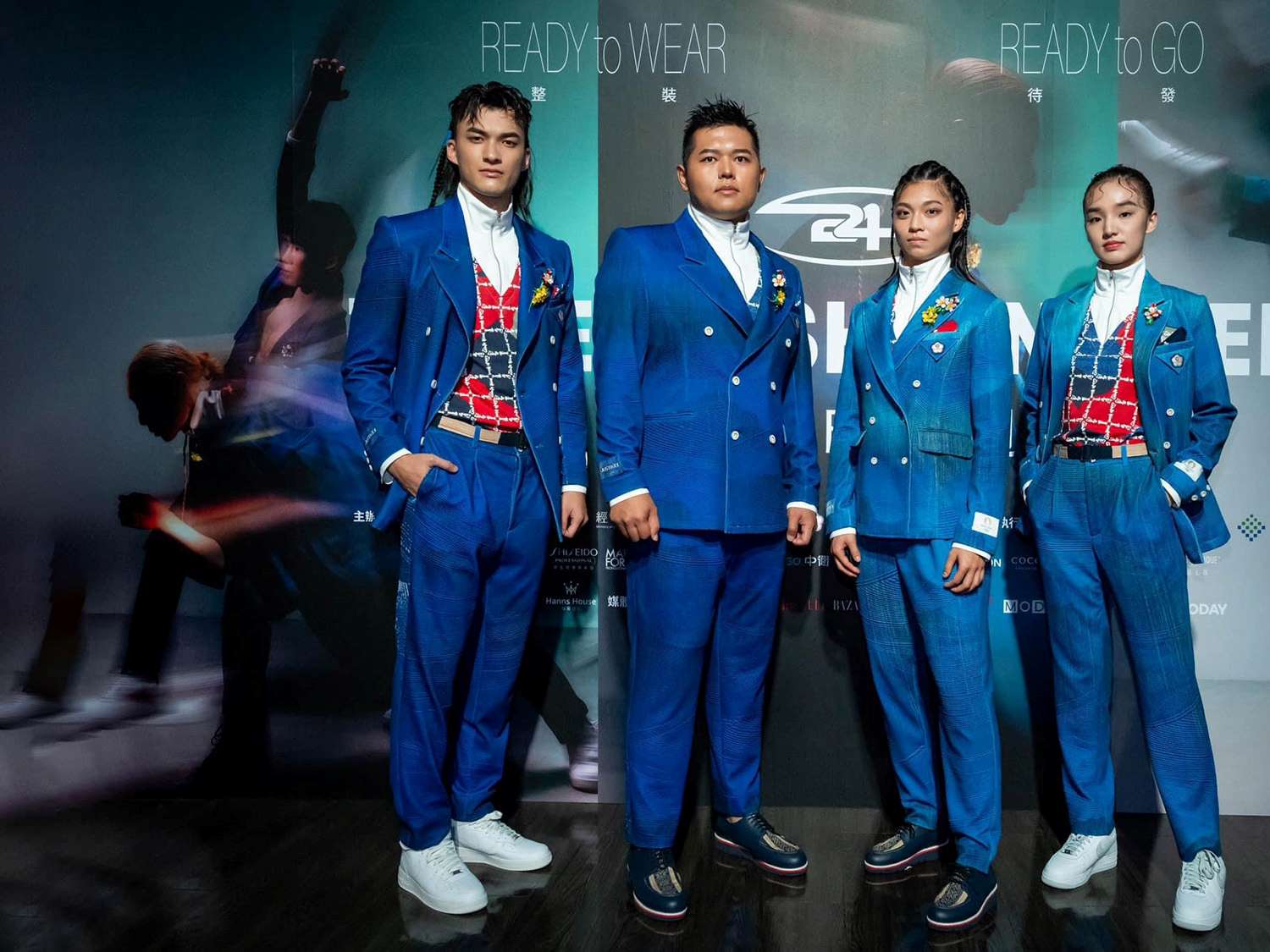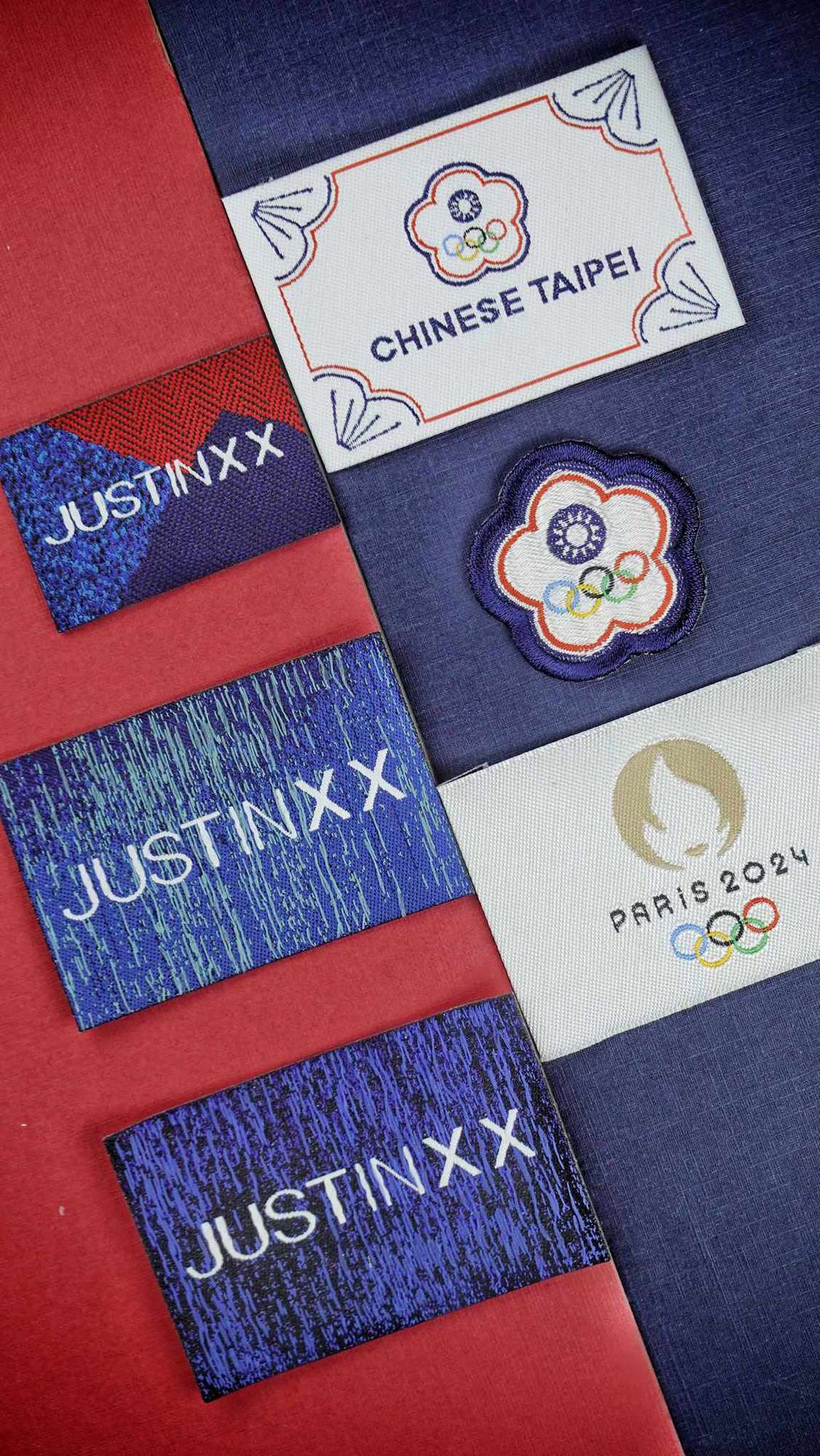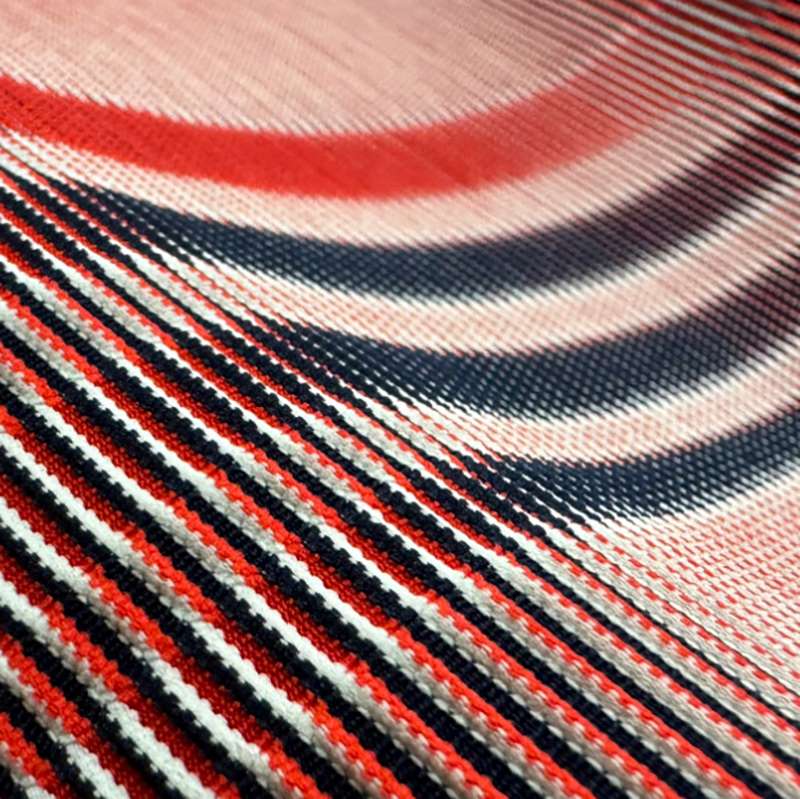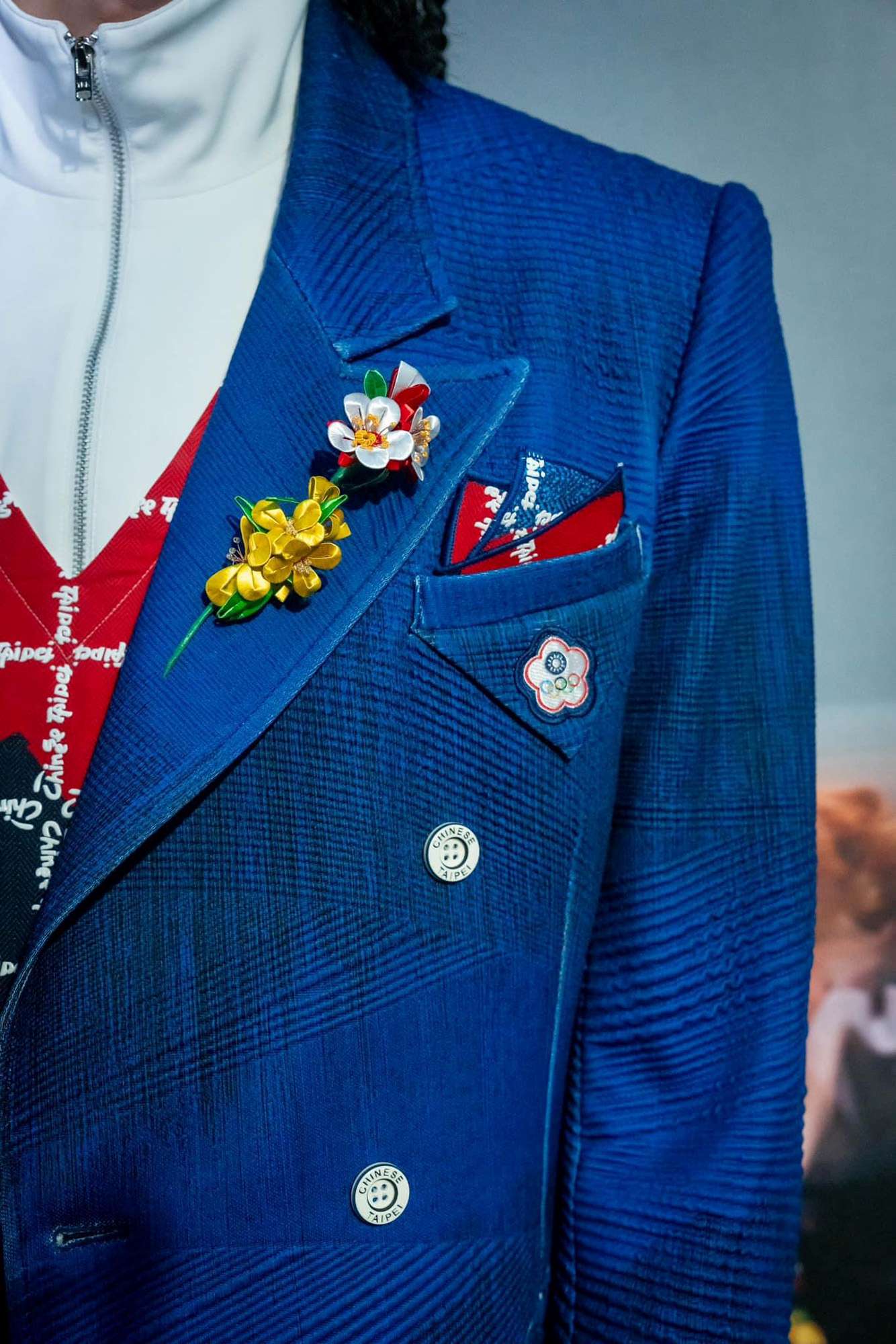
-
Understanding the commercial readiness scale
WTiN’s Commercial Readiness Scale gives an indication of what stage of commercialisation a product is at. It ranges from Emerging: a research stage development; Scaling: the product is being produced on a small but growing scale, and Commercialised: the product is well-established and ready to purchase.


Sponsored by Taiwan Textile Federation (TTF)
Ad. by TITA
Taiwan’s textile industry is renowned for its innovation, which will be showcased in the uniforms it created for the Chinese Taipei Olympic team, participating in the 2024 Paris Olympics later this month.
Taiwan is often referred to as “tech island” because of its leadership in technology across business sectors – and the country’s textile industry is no exception.
Key players in Taiwan’s functional textile industry recently proved their technological credentials and strong focus on sustainability in a behind-the-scenes collaboration to create the uniforms for the Chinese Taipei Olympic team participating in the Paris Olympics 2024, which opens on 26 July.
The uniforms were produced in a collaboration between award-winning material producer Far Eastern New Century (FENC), fabric producer New Wide and label producer Junmay.
New Wide collaborated with Justin Chou, the creative director of Taipei’s avant-garde streetwear fashion label JUST IN XX (Just in Case), to create two outer jackets and inner polo shirts for the athletes.
The uniforms were displayed during the trade fair accompanying Taipei Fashion Week in April. To showcase the industry’s participation in the international sporting event, athletes from Taiwan’s Olympics delegation walked the runway wearing sportswear collections inspired by the upcoming games.
For the Taipei Fashion Week runway collection, polyester manufacturer FENC supplied its sustainable 2023 Red Dot and 2024 iF awarded FENC®TopGreen® Bio3 PET (polyethylene terephthalate) filament to sportswear fabric provider New Wide.
The outer jacket was made with New Wide’s advanced 3D sculpted fabric, complemented with digital direct prints. The design was inspired by Taiwan’s mountain ranges, envisaging their mountain mist merging with oceanic blue tones to create a unique pattern.
Carbon-captured polyester
FENC®TopGreen® Bio3 PET is a carbon-captured polyester made from carbon emissions using carbon capture and utilisation (CCU) technology. By capturing and reusing carbon emissions from steel mill process, carbon waste gas is converted into ethanol, then ethylene glycol (EG, 30% in PET) and combined with petroleum-derived terephthalic acid (PTA, 70% in PET) to form low-carbon polyester. This technology aims to significantly reduce carbon footprints.
The TopGreen® Bio3 polyester contains 30% ethylene glycol derived from waste carbon emissions using proprietary biotechnology, with the remaining 70% derived from petroleum-based terephthalic acid. This reduces the demand for raw material extraction, to align with the Olympics’ sustainable sourcing principles.
According to FENC, “This is the world’s first waste gas reuse technology in the PET industry, thereby directly accomplishing CO2 negative on raw material production and providing an emission savings of 1.07 – 1.27 kg‐CO2/kg PET compared with fossil-fuel-derived PET.
Advanced technology for increased comfort
New Wide also incorporated advanced technologies to develop the fabric for the polo shirts in the official Olympic uniforms. These included Nano-Ge Nylon, cooling yarn and single-sided mini loop structure. This yarn uses high-tech powder grinding and dispersion technology to implant germanium elements. This releases negative ions that neutralise the body’s positive charge, promoting microcirculation, and reducing fatigue. The tested fabric contains approximately 2,900-3,800 negative ions per cubic centimetre, which exceeds typical levels in urban and green areas.
The cooling yarn absorbs moisture and sweat to ensure the athletes stay cool, comfortable and dry. Meanwhile, the structure of the single-sided mini loop texture provides the light, breathable characteristics of single-sided fabric, without clinging to the body.
The labels were designed by Taiwan’s largest label manufacturer, Junmay, using two sustainable yarns: Greencell® Filament Yarn, is made from biodegradable raw materials, while Seawool® yarn is upcycled from discarded oyster shells, and has a wool-like structure and texture.
Creating uniforms for the French Open 2024
The expertise of the Taiwanese textile industry was also used to develop uniforms for the recent French Open 2024 in Paris last month (June).
To create the staff uniforms, functional textile manufacturer Premiere Fashion collaborated with international brands to develop high-quality moisture-wicking knitted fabrics.
“The new technology not only enhanced the comfort of the staff working at the French Open but also reaffirmed the excellence of Taiwan’s textile industry in functional fabrics,” said Michael Lin, general manager for Premiere Fashion.
Taiwan’s textile manufacturers will continue to develop new technology to create uniforms for brands and athletes around the world in adherence with the principles of sustainability and innovation, said the Taiwan Textile Federation.
Main image credit: Taipei Fashion Week
Have your say. Tweet and follow us @WTiNcomment









